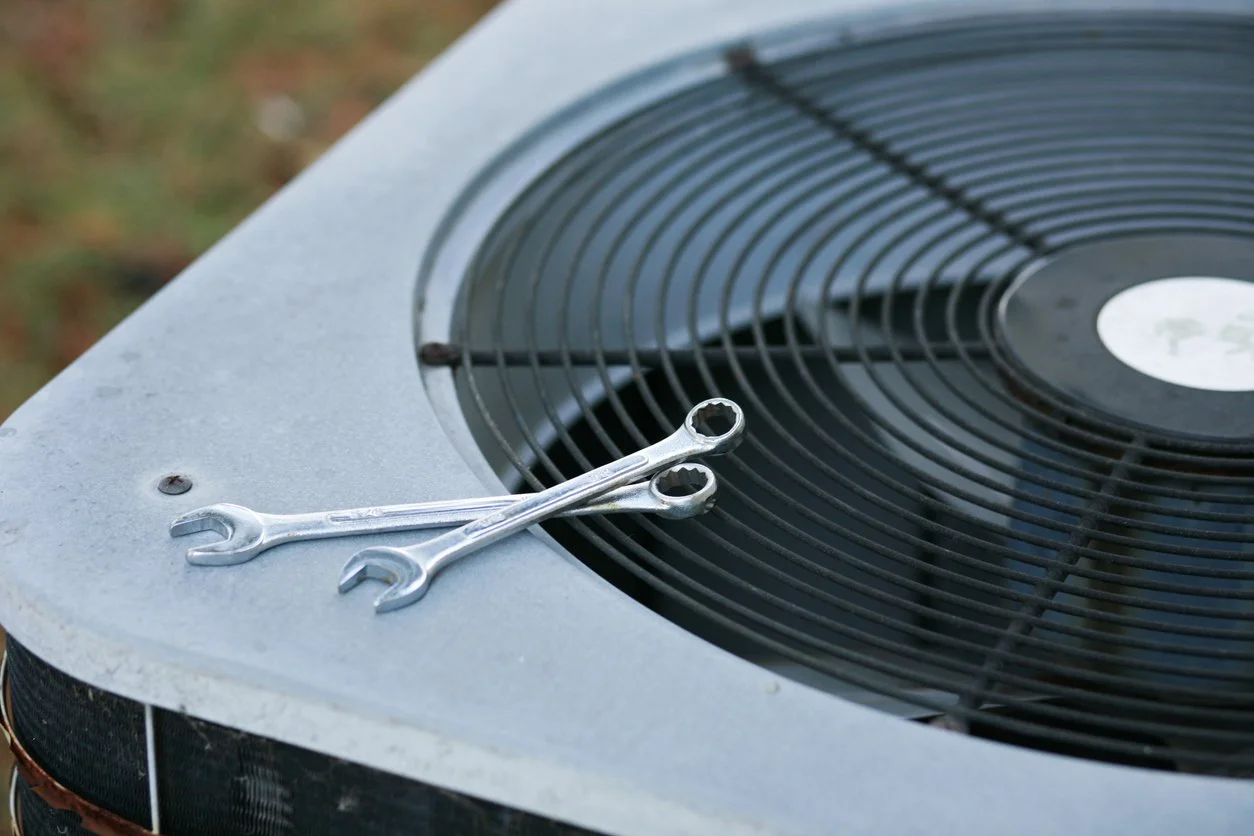Seasonal HVAC Checklist: Spring Prep for Your AC
As the days get longer and temperatures begin to rise in Eau Claire, it’s time to make sure your air conditioning system is ready for the warmer months ahead. After sitting idle through winter, your AC needs a bit of attention to ensure it runs efficiently and reliably throughout the spring and summer. To help avoid unexpected breakdowns, improve energy efficiency, and keep your home comfortable, here are a few simple AC maintenance tips to prepare your system for the season ahead.
1. Change or Clean the Air Filters
One of the simplest yet most effective ways to get your air conditioner ready for spring is by checking and replacing or cleaning the air filter. A clogged filter restricts airflow, reduces cooling efficiency, increases energy bills, and can even cause your system to overheat or freeze up.
Where to Find It:
In most central air conditioning systems, the filter is located in or near the indoor air handler — this could be in a hallway closet, attic, basement, or utility room. Look for a slot where the return duct meets the system, or for a removable grille on a nearby wall or ceiling (often called the return air grille).
What to Look For:
Turn off your AC before removing the filter.
Slide the filter out and hold it up to a light source. If you can’t see light passing through easily, the filter is likely clogged and needs replacement or cleaning.
Dirty filters often appear gray or covered in dust, pet hair, or other debris.
What to Do:
If it’s a disposable filter, replace it with a new one of the same size and rating (printed on the frame).
If it’s a washable filter, rinse it gently with warm, soapy water. Let it dry completely before reinstalling to avoid mold or mildew.
How Often to Check:
Every 1 to 3 months, depending on your usage, household size, pets, and air quality.
During spring and summer, when your AC runs more frequently, check more often.
Clean filters not only help your AC run more efficiently but also improve your indoor air quality and reduce strain on your system.
2. Inspect and Clean the Outdoor Unit
During the winter, your outdoor AC unit (called the condenser) can collect leaves, sticks, dead grass, and other debris. If this builds up around the unit, it can block airflow and reduce system performance once your AC kicks back on.
What to Do:
Turn off power to the unit at the breaker panel before doing anything nearby.
Remove any debris like leaves, twigs, mulch, or trash that has collected around the base of the unit.
Trim back grass, weeds, or bushes that have grown too close. Aim for at least two feet of clearance on all sides.
Check the top of the unit for anything that might be obstructing airflow, like fallen branches or heavy buildup of pine needles.
Keeping the area around your condenser clean and clear helps your system breathe and cool your home more efficiently — without the risk of damaging any internal components.
3. Test Your Thermostat
Before the hottest days arrive, check that your thermostat is functioning correctly.
What to Do:
Switch the system to cooling mode.
Set the temperature a few degrees lower than the current room temperature.
Listen for the AC to start and check that cool air flows from the vents.
If the thermostat isn’t responsive or accurate, consider upgrading to a programmable or smart model for better control and energy savings.
4. Clean and Unblock Vents and Registers
Blocked or dusty vents reduce airflow and force your system to work harder.
What to Do:
Walk through your home and inspect all supply and return vents.
Remove furniture, rugs, or curtains that might block airflow.
Use a vacuum or duster to remove any visible dust or buildup.
Consistent airflow is key to efficient cooling and balanced room temperatures.
6. Schedule a Professional Tune-Up
Even with regular upkeep, it’s smart to schedule a professional inspection before peak summer.
What a Technician Will Do:
Clean coils, fan blades, and internal components
Inspect refrigerant levels and test for leaks
Check electrical connections and controls
Calibrate the thermostat and ensure system performance
A professional tune-up helps catch small issues before they become major repairs.
Final Thoughts
Preparing your AC for warmer weather helps you avoid surprises, save money, and enjoy a more comfortable home all season long. With a few basic steps—and support from a qualified technician—you can keep your system running smoothly when it matters most.
If you're in Eau Claire and need a professional AC tune-up, repair, or system replacement, trust Water Source Heating and Cooling Inc to keep your home cool and comfortable.

